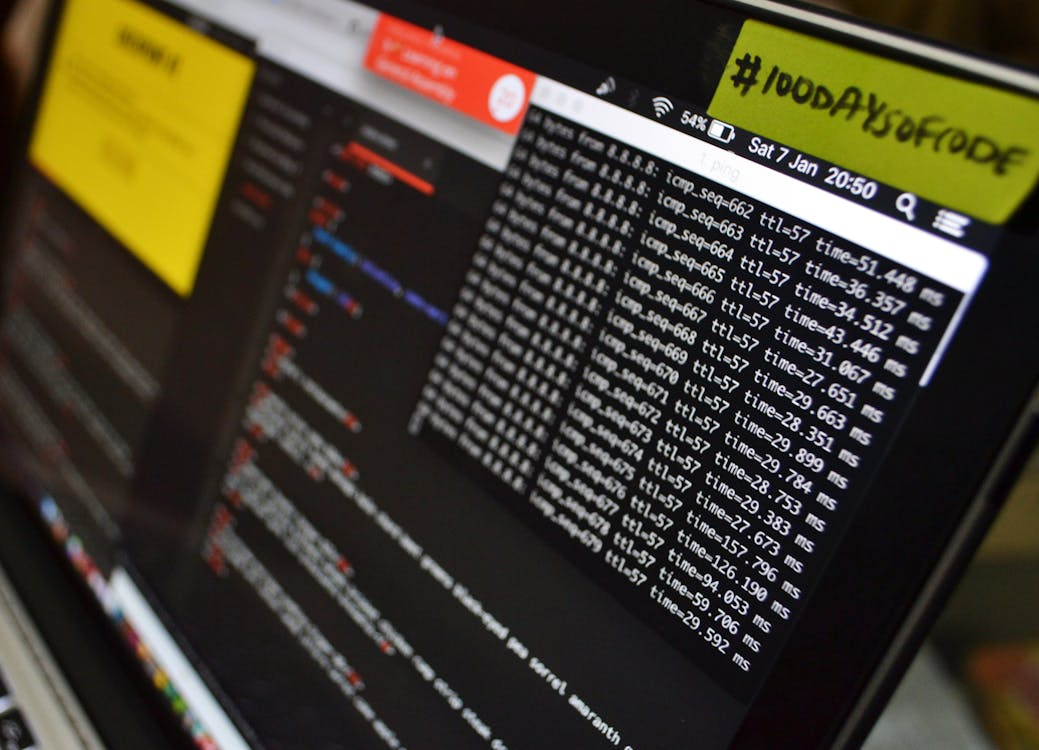Remember the buzz around Red Bull's "Gives You Wings" campaign? It started in Austria back in the late '80s, but when it went global, the brand didn't just slap on translations—they reinvented the messaging to fit local vibes. In China, for instance, it morphed into something like "Your Wings Are Ready," tying into cultural notions of aspiration and energy without the literal flight reference that might confuse or fall flat. That kind of tweak helped Red Bull dominate markets from Asia to Latin America, racking up billions in sales and turning a niche energy drink into a lifestyle icon. It's a prime example of how savvy brands use transcreation and multilingual localization to bridge cultural gaps, making brand globalization feel seamless and authentic rather than forced.
So, what's the real line between transcreation and plain old localization? Localization is the nuts-and-bolts stuff: swapping out dollars for euros, flipping dates from MM/DD to DD/MM, or even adjusting colors to avoid bad luck associations in certain cultures. It's about making sure your product or content works practically in a new place—think of it as the foundation that prevents basic blunders. Transcreation, though, is where the magic happens. It's not translation; it's recreation. You take the heart of the message—the emotion, the wit, the call to action—and rebuild it from the ground up for a new audience. A punchy English tagline full of puns might get lost in Arabic, so transcreators, often blending skills from copywriting and cultural anthropology, craft something fresh that hits the same notes. The difference boils down to intent: localization ensures usability, while transcreation sparks connection. Skip it, and your brand might come off as tone-deaf; nail it, and you're building loyalty that crosses borders.
The evidence stacks up in favor of this approach. A recent report from Common Sense Advisory in 2025 showed that companies investing in multilingual localization see customer satisfaction rates climb by up to 25%, with 72% of global consumers more likely to buy if information is in their language. Nimdzi's 2025 market analysis pegs the language services industry at over $75 billion, growing at 6% annually, largely because brands recognize that generic translations just don't cut it anymore. In fact, Harvard Business Review highlighted cases where transcreation-led campaigns boosted ROI by 30% or more in emerging markets, proving that cultural adaptation isn't a cost—it's an investment in brand globalization that pays off in engagement and revenue.
Nowhere is this more evident than in gaming and multimedia, where immersion is everything. Game localization goes beyond dubbing voices or subtitling quests; it's about weaving in cultural threads that make players feel at home. For a title like Cyberpunk 2077, localizers didn't just translate—they reworked slang, pop references, and even moral dilemmas to resonate in places like Japan or Brazil, avoiding stereotypes that could alienate fans. Companies offering these services help businesses adapt their content culturally, turning potential pitfalls into strengths. The same goes for multimedia: think video localization for ads, short dramas with subtitles that capture nuance, or audiobooks dubbed with voices that match regional accents. These tools let enterprises tweak humor, idioms, or visuals—maybe swapping a Western holiday reference for a local festival—to foster real emotional ties. In the end, it's about making your brand feel like it belongs, which drives deeper market penetration and lasting growth.
What amps up the impact? Coverage across more than 230 languages, from major ones like Mandarin and Spanish to lesser-served dialects in Africa or Southeast Asia. This isn't just a numbers game; it's about depth, with experts who know the subtleties of slang, etiquette, and trends. With projections from the World Bank suggesting that by 2030, over half of global economic growth will come from non-English-speaking regions, multilingual localization with transcreation is key to tapping that potential without fumbling the cultural handshake.
If you're gearing up to expand, here's a straightforward roadmap to get transcreation and multilingual localization working for you—drawn from real-world implementations I've seen succeed:
Start with a deep dive into your assets and targets. Map out your key content—whether it's app interfaces, marketing videos, or game scripts—and pinpoint the markets. Use cultural audits, like those based on Geert Hofstede's frameworks, to flag risks, such as individualistic messaging that might clash in community-oriented societies.
Next, pull together a mixed team: linguists for accuracy, creatives for transcreation flair, and locals for authentic input. This collaborative setup catches what solo efforts miss.
Then, layer it on: Handle localization basics first—formats, measurements, images—before diving into transcreation. Draft, review with native speakers, and refine; for example, test a slogan's emotional pull through small surveys.
Don't forget multimedia integration. For games or videos, sync dubbing and subtitles to the cultural beat—human reviewers are crucial here to spot what AI might overlook.
Launch with testing: Pilot in a small segment, track metrics like click-throughs or retention, and adjust. Tools like Google Analytics can help measure the uplift from localized versions.
Finally, keep it fresh. Set up ongoing reviews to adapt to cultural shifts, partnering with pros who handle 230+ languages for scalability.
I've watched this play out brilliantly with brands like Starbucks, which transcreated its cozy cafe vibe into tea-focused experiences in India, spiking foot traffic by 20%. Or take Genshin Impact's devs, who localized events around global holidays, keeping millions engaged worldwide.
Wrapping this up, firms like Artlangs Translation stand out in this space, having honed their craft over years with expertise in over 230 languages. They've specialized in everything from core translation services to video localization, subtitling short dramas, game adaptations, and multilingual dubbing for series and audiobooks. Their standout projects include localizing a hit indie game for European and Middle Eastern audiences, which saw a 40% jump in downloads thanks to culturally attuned narratives, or dubbing a podcast series that went viral in 60 languages. With that kind of proven track record, Artlangs shows how blending transcreation with multilingual localization can supercharge brand globalization, turning ambitious plans into real-world wins. If your brand's eyeing the world stage, it's worth exploring these angles.











